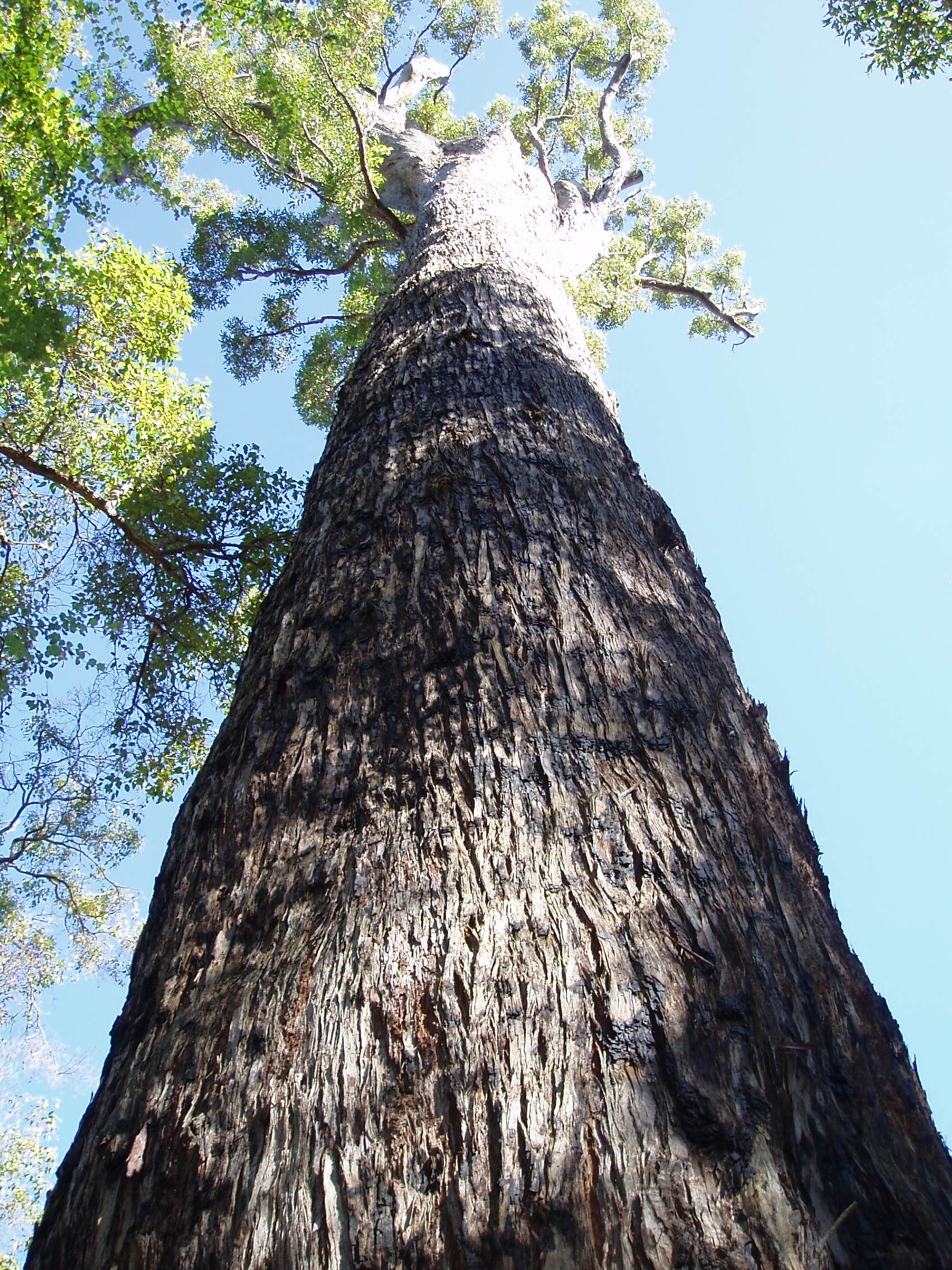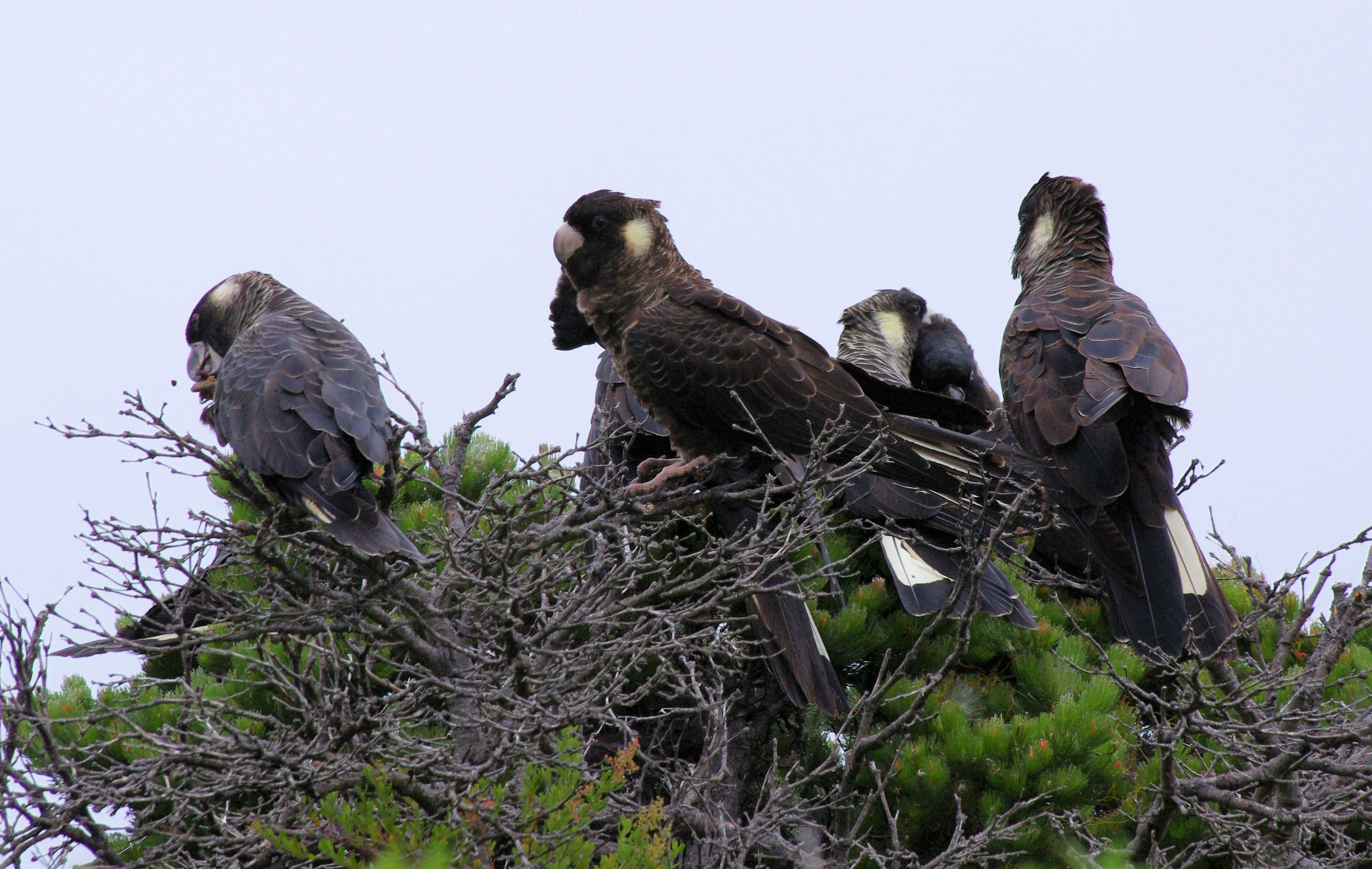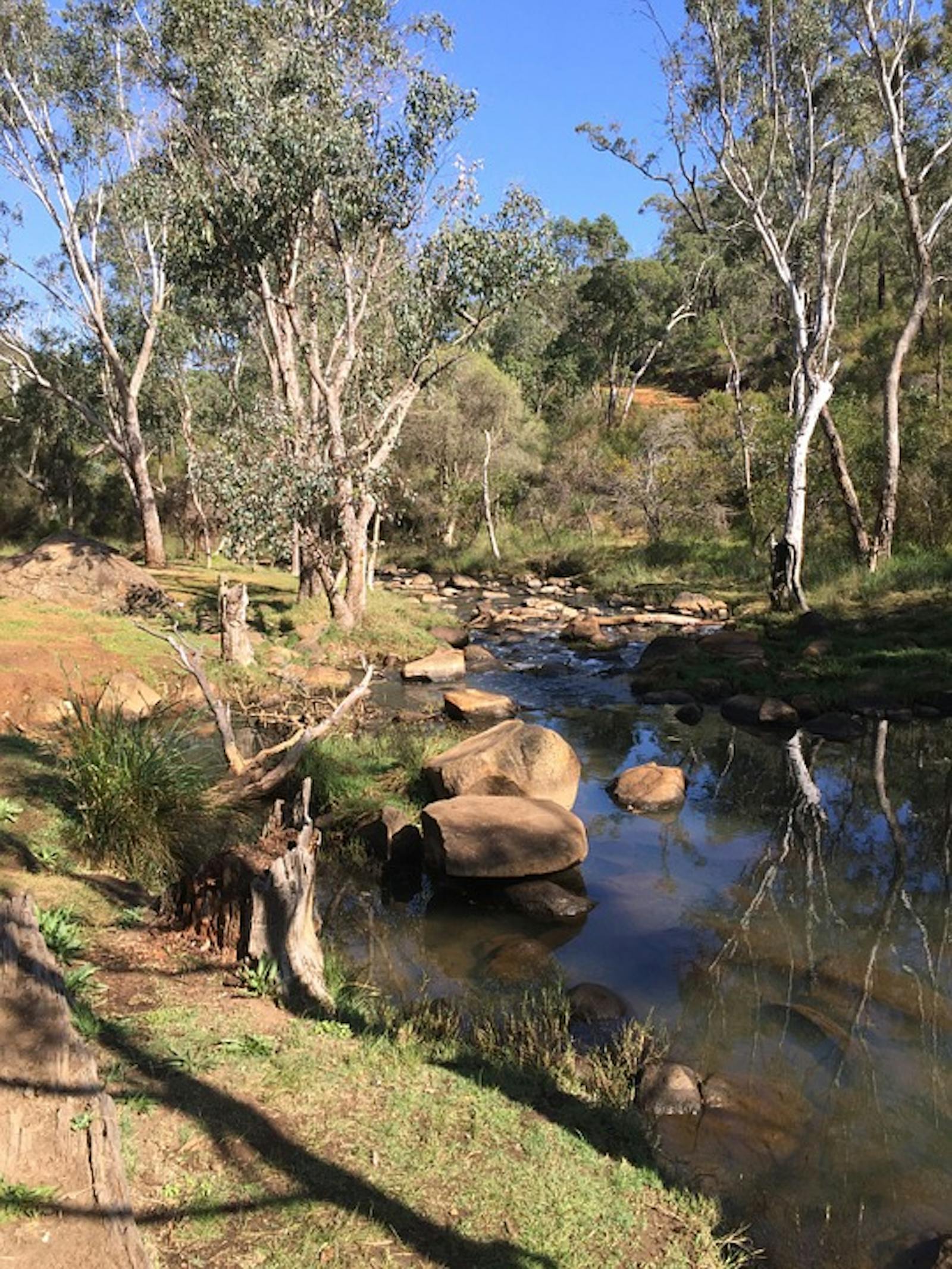Southwest Australia Woodlands
The ecoregion’s land area is provided in units of 1,000 hectares. The conservation target is the Global Safety Net (GSN1) area for the given ecoregion. The protection level indicates the percentage of the GSN goal that is currently protected on a scale of 0-10. N/A means data is not available at this time.
Bioregion: South Australian Mediterranean Forests, Woodlands & Scrub (AU5)
Realm: Australasia
Ecoregion Size (1000 ha):
6,051
Ecoregion ID:
206
Conservation Target:
31%
Protection Level:
4
States: Australia
The numbat is an active insect-eating marsupial with distinctive stripes that forages in the day. Only found in southwest Australia, its appearance and lifestyle are unusually similar to coatimundi of the Neotropics due to evolutionary convergence. This ecoregion occurs in the Southwest Australia global biodiversity hotspot, one of the five Mediterranean-type ecosystems around the world that are known for exceptionally high endemism and richness of plant species. The long isolation of this regions by Australia’s deserts has also driven the evolution of many endemic species of wildlife, such as the numbat.

The flagship species of the Southwest Australia Woodlands ecoregion is the numbat. Image credit: Creative Commons
The ecoregion is dominated by forests of jarrah (Eucalyptus marginata) and marri (Eucalyptus calophylla) along with drier, more open eucalyptus woodlands further inland where one can find wheatbelt wandoo (Eucalyptus capillosa) and powderbark (Eucalyptus accedens). Tall blackbutt (Eucalyptus patens), jarrah, and marri forest occur in river valleys. The flora has at least 3,500 plant species, with hotspots of richness and endemism in the Whicher Ranger, Blackwood Plateau, and Helena Valley.

Jarrah (Eucalyptus marginata). Image credit: Amanda Slater, Creatie Commons
The ecoregion supports 49 species of mammals, 14 species of frogs, 138 species of reptiles, and 215 species of birds. A number of endangered and restricted-range species are found, including the numbat (Myrmecobius fasciatus), chuditch (Dasyurus geoffroii), woylie (Bettongia penicillata), and red-tailed phascogales (Phascogale calura). Endemic species include the western bristlebird (Dasyornis longirostirs), the squelching froglet (Crinia subinsignifera), and the yellow wart burrowing frog (Heleioporus barycragus).

Carnaby's black cockatoo. Image credit: Creative Commons
Intensive agricultural activities pose the major threat through large scale clearance of native habitat, introducing invasive weeds like non-native grasses and peas that smother native vegetation, as well as increasing salinization through irrigation, especially in the drier, inland areas. Over 44% of jarrah forest and nearly 90% of eucalyptus woodlands have been cleared. Phytophthora dieback (caused by the introduced fungus Phytophthora cinnamomi) is an introduced soil-borne plant pathogen that can severely damage forests, woodlands and heathlands. Introduced predators, such as foxes and feral cats, prey on native species. There are a few large protected areas in this ecoregion, including Dryandra Woodland nature conservation area (281 km2) and Lane-Poole Reserve (500 km2).
-2009.jpg)
Red-tailed black cockatoos. Image credit: Creative Commons
The priority conservation actions for the next decade are to: 1) support and implement extensive science-based conservation strategies that address multiple threats and protection priorities; 2) expand programs to control invasive predators and herbivores and to manage fire regimes; and 3) expand the protected area network to protect rare habitats and local endemic species and to restore connectivity between highly fragmented native habitats.
Citations
- Australian Government. 2015. Conservation Management Zones of Australia -- South Western Australia Mallee Woodlands. Commonweath of Australia. Accessed 1 June 2019 at https://www.environment.gov.au/system/files/resources/7d61f5be-1f13-439b-8d40-e6915964c078/files/cmz-south-western-australia-mallee-woodlands.pdf
- Coates DJ, KA Atkins. 2001. Priority setting and the conservation of Western Australia’s diverse and highly endemic flora. Biological Conservation 97:251–263.
- Australian Government. 2015. Conservation Management Zones of Australia -- South Western Australia Mallee Woodlands. Commonweath of Australia. Accessed 1 June 2019 at www.bibbulmuntrack.org.au/media/files/jewel_of_the_australian_continent_1.pdf1.



